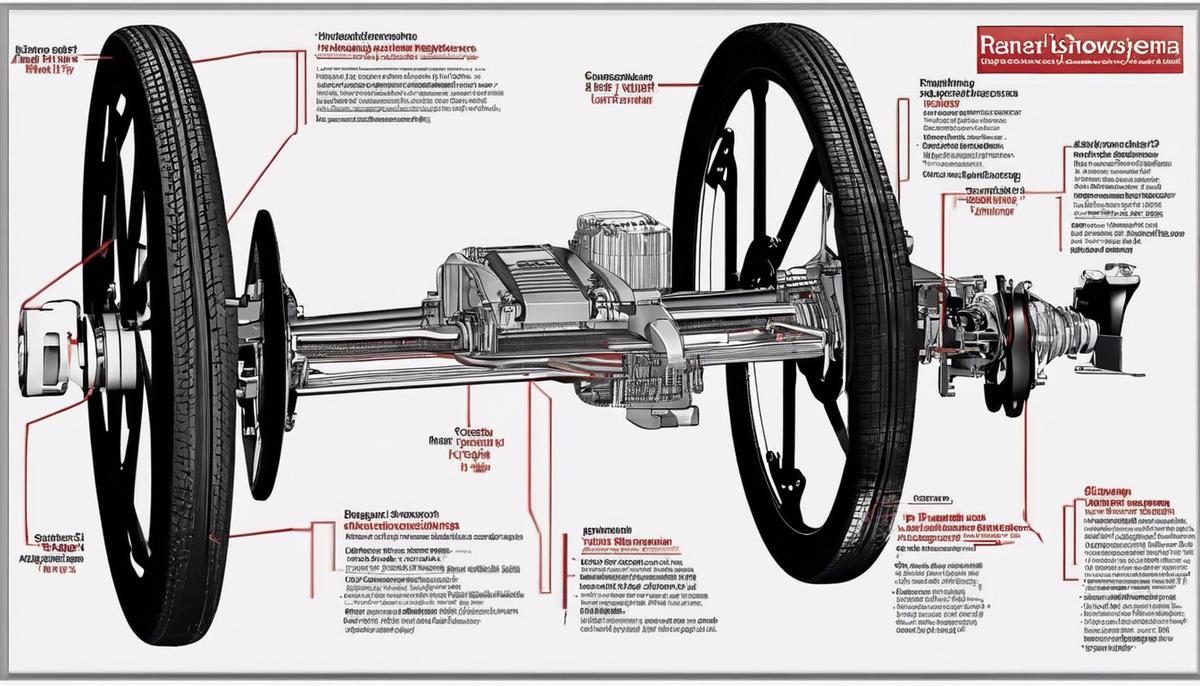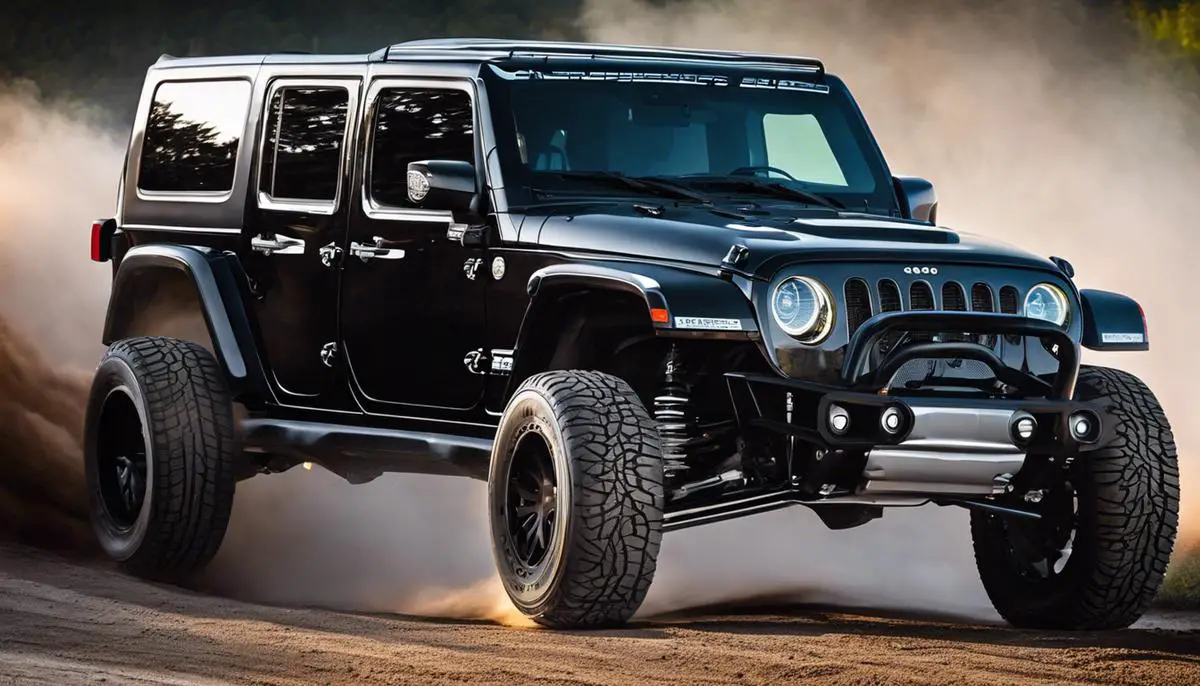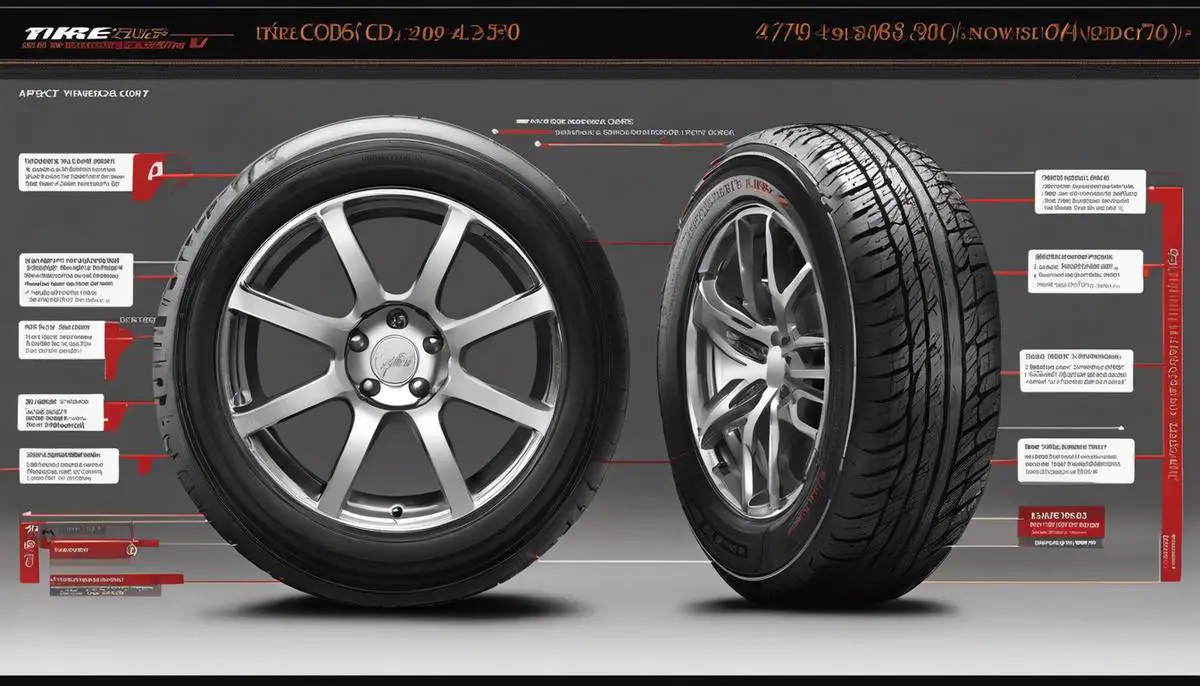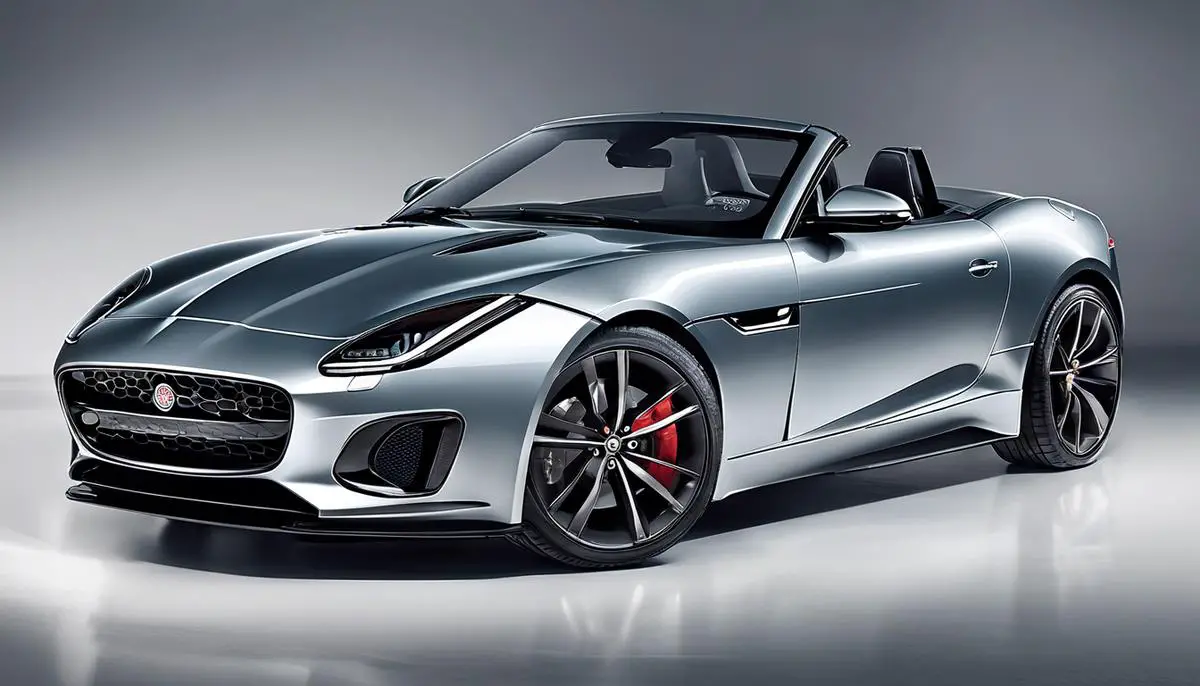When it comes to the nuances of vehicles and their performance, the suspension system plays a significant, yet often overlooked role. This crucial component of automobiles not only contributes to a vehicle’s handling and braking for good active safety and driving pleasure, but it also ensures ride comfort and durability. To truly delve into this subject matter, it is essential to differentiate amongst several types of suspension systems such as leaf springs, coil springs, and air suspensions, and more. Each fundamentally impacts a car’s performance and comfort levels in distinct manners. Therefore, this discourse aims to elucidate the mechanical workings, energy absorption and distribution, and overall influence of each of these suspension types on a vehicle’s performance and comfort levels, offering a comprehensive understanding.
Contents
Types of Suspension Systems
A Deep Dive into the World of Suspension Systems
If you’ve ever wondered what gives vehicles that impressive smooth ride or powerful off-road ability, look no further: it’s all down to the marvel of suspension systems. As an intricate network of springs, shock absorbers, linkages and others, these well-designed mechanisms are modern engineering at its finest, cushioning us from the harsh realities of uneven or tough surfaces. Let’s delve into the fascinating world of suspension systems – where art meets science, allowing us a delightful movement experience.
Firstly, let’s discuss Dependent Suspension Systems. Also known as Solid Axle Suspension, this is the system of the classics. Picture your old school Fords and Chevy Pick-ups. Here, the axle is one solid piece and both left and right wheels are interconnected, dependent on each other. It’s simple and sturdy, ideal for heavy-duty loads and low-cost manufacturing. The downside is that a bump taken by one wheel affects the other – hence the name ‘dependent’. Despite this, they remain popular for off-road and commercial vehicles due to their undeniable ruggedness.
Next in line are Independent Suspension Systems. These are the crème de la crème of modern-day vehicles. Imagine your Audis, BMWs or Mercedes, where each wheel operates independently. So when one wheel hits a pothole, or takes an impact, the other wheels stay tranquil, unaffected. This system offers better handling, superior comfort and enhanced driving dynamics. However, it’s a bit more complicated and hence, costlier to manufacture and maintain.
Specifically, within the independent systems, there are three popular types: MacPherson Struts, Double Wishbone and Multi-Link. The MacPherson Strut, a brilliantly simple design is used widely on front-wheel-drive cars. It combines a shock absorber and a coil spring in a single unit, and is known for its cost-effectiveness and compactness.
Double Wishbone Suspension, on the other hand, is the choice for sports and racing cars providing precise control and stability even at high speeds. As the name suggests, it uses two wishbone-shaped arms to hold the wheel in place, giving a wider range of motion and handling capabilities.
Lastly, the Multi-Link Suspension system is the synonym of superlative comfort and comes often with high-end luxurious cars. It uses three or more lateral arms, and one longitudinal arm to give the vehicle a superior ride, handling and noise isolation. But remember, all these pampering benefits come with a higher price tag and require meticulous maintenance.
There are countless other suspension designs such as the Torsion Beam, Air Suspension and Leaf Spring – all with their own unique strengths and beauties. Each carefully crafted to meet different requirements of load, comfort, performance and terrain. Understanding these complex systems can truly open our eyes to appreciate the intricate technology beneath the glossy surface of our beloved vehicles.
In essence, suspension systems are the unsung heroes of our daily commute, our exciting road trips, and even our adrenaline-pumping racing ventures. It’s a testament to the beauty of motion, the art of control, and the ingenious brain that continuously strives to make our journeys smoother and safer.

Performance Level of Different Suspension Types
The Top 3 Unique Performance Impacts of Various Car Suspension Systems
Delving a little deeper into the wide and wonderful universe of car suspensions, it’s crucial to fully understand how distinct suspension types influence vehicle performance. It’s a fascinating web of connections, subtleties, and minor details that can play a major role in the fun and functionality of your automotive experience.
#1 – Ride Comfort & Handling
First, handling and comfort. The backbone of any driving experience, the handling of a vehicle is determined by the suspension system. Independent suspensions ensure smooth handling, making maneuvers easier, especially at high speeds. The separate movement of the wheels offers more stability and control on uneven terrain. MacPherson Struts and Double Wishbone Systems excel in offering precise steering feedback and sharp control.
On the other hand, Dependent Suspension systems like Leaf Spring and Solid Axle are famously rugged, providing a level of steadfastness great for off-roading or heavy-duty use, albeit at the cost of cosseting comfort. Meanwhile, Air Suspension is luxurious and quiet, offering a “floating” feel and absorbing any jolts or bumps on the road.
#2 – Load-Bearing Efficiency
Durability and load-bearing efficiency only come hand-in-hand with specific arrangements. Multi-Link Suspensions, for instance, are known for their robustness as well as providing a considerable degree of freedom in tuning ride and handling balance. The Leaf Spring Suspension, despite its age, is still widely appreciated for its load-bearing prowess, especially in commercial vehicles.
#3 – Space & Fuel Economy
Torsion Beam Suspensions are compact and lightweight designs that save space, allowing for more cargo room in the trunk, while also helping to improve fuel economy. A key consideration for compact cars and hatchbacks! Similarly, the simplicity of Leaf Spring and MacPherson Strut arrangements often saves weight, helping to keep your vehicle light on its feet and frugal at the fuel pump.
When contemplating new rides or giving your current ride an upgrade, considering this unassuming, but vitally significant side of the automotive sphere can offer a fresh perspective. While a vehicle’s engine may be its beating heart, the suspension system is no less than its dancing feet, translating every twist and turn of the road into a choreography of vehicular movement. Choose wisely, and you’ll not only turn heads with your ride’s performance but also enjoy an enhanced driving experience no matter what type of roads come your way.

Comfort Level of Different Suspension Types
The Interplay Between Suspension Types and Ride Comfort: A Deeper Perspective
Diving deep into the realm of automobile suspensions, we quickly realize that each type has its unique characteristics that subtly influence the overall ride comfort. It’s an entire ballet of complex interactions, brimming with an almost poetic balance between design and functional prowess. Let’s delve into this.
Firstly, we ought to understand what ride comfort, as a term, entails. Essentially, it’s the level of ease and convenience that passengers experience inside a moving vehicle. Bumpy rides? You can likely attribute that to a less than stellar suspension system. Conversely, a smooth glide over even the roughest terrains indicates a top-notch suspension doing its work.
But it doesn’t stop here. Suspension systems not only determine ride comfort but also influence varied aspects including handling, load-bearing efficiency, and even fuel economy. Who would have thought that such an inconspicuous component could be so critical?
To grasp these connections, we need to understand how different suspension types operate under diverse conditions. When cruising on rough terrains, for instance, vehicles equipped with dependent suspension systems provide less comfort due to limited independent movement of wheels. Their counterparts with independent suspensions, however, offset bumps with finesse because each wheel operates independently, offering a much smoother ride.
Moreover, suspension systems like MacPherson struts, double wishbone, or multi-link serve to provide improved handling performance, which indirectly contributes to ride comfort. By facilitating better road holding and maintaining tire contact, they effectively reduce vibrations and discomfort on uneven roads.
Then we get to torsion beam suspension, a simple and robust system that combines cost-effectiveness and durability, although at the cost of superior ride comfort. Conversely, the more complex and costlier air suspension offers a fully adjustable suspension system. It provides a ‘cushion’ effect, dramatically enhancing ride comfort.
Finally, the leaf spring system, a relic from the bygone era, has some load-bearing perks, but it lags in providing a comfortable ride. Although it’s incredibly durable and thus suited for heavier loads, its ride comfort leaves quite a lot to be desired.
In essence, the interplay between varying suspension types and ride comfort is indeed a concentrated study in complexity, balance, and functional wizardry. It beautifully exemplifies how engineering thoughtfulness can turn something seemingly minor into a major player in the automobile universe. The more we understand it, the better we can appreciate the remarkable ingenuity behind that comfortable ride we often take for granted. Brilliant, isn’t it?

Understanding the intricacies of various suspension types embraces a balance between performance and comfort. While some systems are designed for precision control and heavy loads, others prioritize smooth rides and noise dampening. Therefore, the onus is on the driver’s personal preferences and driving conditions, dictating whether durability, comfort, or fuel economy takes precedence. This in-depth exploration hopefully demystifies the complexities of suspension systems and elucidates the profound impacts they have on a vehicle’s overall drive. It is an enlightening journey into better knowledge of your vehicle’s capabilities that can enable more informed decisions when purchasing or improving your ride.



